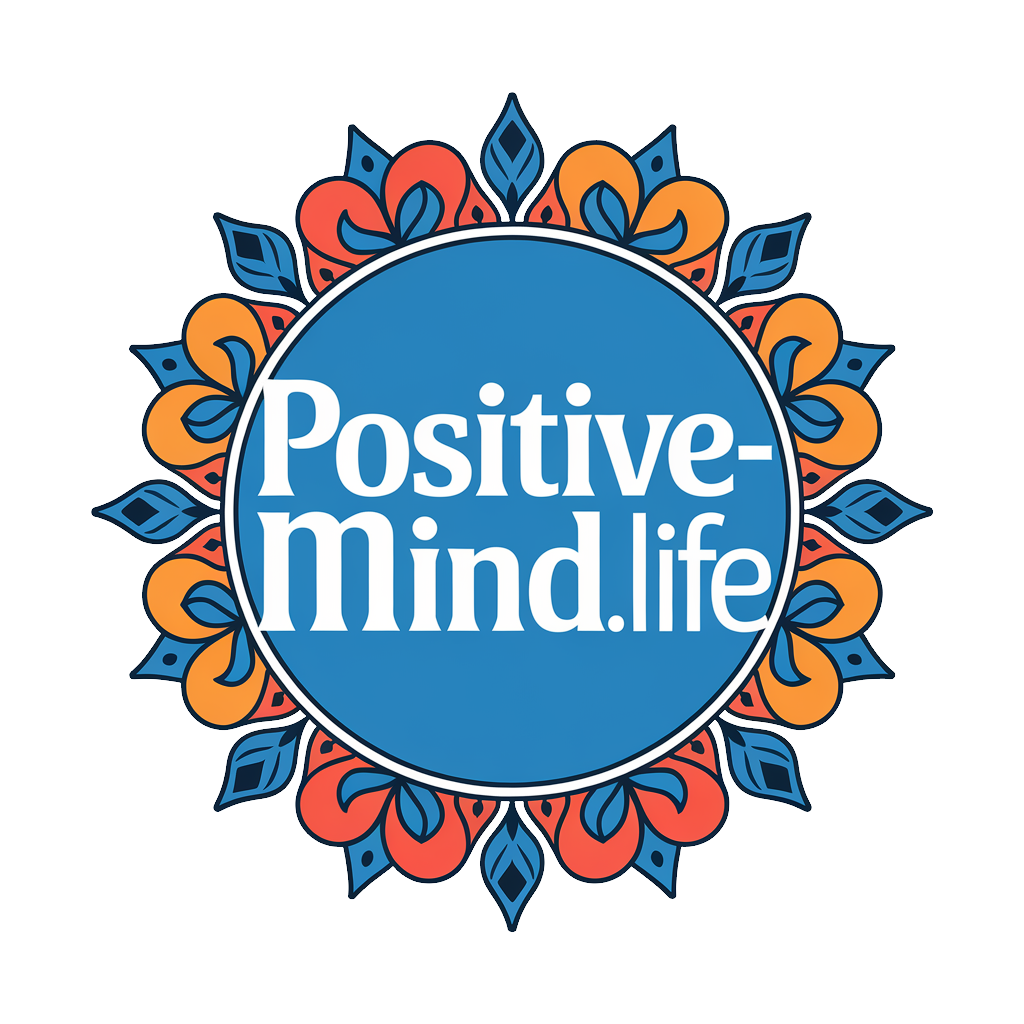How to Achieve More Without Stressing Yourself Out
To achieve more without stressing yourself out, focus on effective time management and prioritize self-care. Start by breaking tasks into manageable steps and setting specific time blocks for each one. Incorporating regular breaks can keep your energy levels high. Don’t forget to practice mindfulness through techniques like deep breathing and meditation to reduce anxiety. Cultivating a positive mindset with gratitude and positive self-talk can boost your confidence. Lastly, establish healthy routines that include self-care and enough sleep. There’s much more you can do to enhance your productivity and well-being, so stick around for valuable tips to transform your approach.
Embrace Effective Time Management
When it comes to achieving more without stress, embracing effective time management is key. You’ve probably noticed how chaotic days can lead to burnout, but with a few strategies, you can regain control. Start by prioritizing your tasks. List everything you need to do and categorize them into urgent, important, and less critical. This way, you’ll focus on what truly matters first.
Next, set specific time blocks for each task. Break your day into manageable segments and allocate time for each responsibility. You’ll find that working in shorter bursts can enhance your focus and productivity. Don’t forget to incorporate breaks; they’re essential for maintaining your energy and motivation.
Additionally, learn to say no. You can’t do everything, and taking on too much will only overwhelm you. Assess new commitments against your priorities before agreeing.
Lastly, review your progress at the end of the day. Reflecting on what you accomplished helps you adjust your strategies for tomorrow. By mastering these time management techniques, you’ll not only achieve more but do so with far less stress. Embrace the process, and watch your productivity soar!
Practice Mindfulness Techniques
Practicing mindfulness techniques can transform your daily routine and reduce stress. You’ll find that simple breathing exercises can ground you, while guided meditation offers a focused escape. By incorporating daily mindfulness habits, you can enhance your overall well-being and productivity.
Breathing Exercises Benefits
Breathing exercises offer a powerful way to cultivate mindfulness and reduce stress in your daily life. When you focus on your breath, you anchor yourself in the present moment, which helps quiet the mind’s chatter. This practice not only calms your nerves but also improves your concentration, making it easier to tackle tasks at hand.
By incorporating simple breathing techniques, you can lower your heart rate and decrease feelings of anxiety. For instance, try inhaling deeply through your nose for a count of four, holding the breath for four, and then exhaling slowly through your mouth for another count of four. This rhythmic pattern helps to oxygenate your body while promoting relaxation.
Moreover, consistent practice of breathing exercises can enhance your emotional resilience. When you face challenges, you’ll find it easier to respond thoughtfully rather than react impulsively. As you develop this skill, you’ll notice an overall improvement in your ability to manage stress. So, set aside a few minutes each day to practice these exercises, and you’ll likely feel more centered, focused, and equipped to achieve your goals without the added burden of stress.
Guided Meditation Practices
Regularly engaging in guided meditation practices can significantly enhance your mindfulness techniques and overall well-being. These structured sessions, often led by experienced instructors, help you focus your mind and develop a deeper sense of awareness. By following along with a guide, you can easily access a state of calm and clarity, making it simpler to let go of distractions and negative thoughts.
Start with short sessions, perhaps 10 to 15 minutes, and gradually increase the duration as you become more comfortable. You’ll find that guided meditations often incorporate visualization, affirmations, or breath awareness, which can deepen your experience. Choose themes that resonate with you, such as stress relief, self-compassion, or gratitude, to keep your practice engaging.
Incorporating guided meditation into your routine can create a safe space for reflection and self-discovery. You’ll learn to observe your thoughts and feelings without judgment, helping you respond more mindfully to daily challenges. Over time, you’ll notice improvements in your emotional resilience and overall mental clarity. So, find a comfortable spot, use a meditation app or online resource, and let the journey to mindfulness begin.
Daily Mindfulness Habits
Incorporating daily mindfulness habits into your routine can transform how you approach life’s challenges. Start with just five minutes each morning. Focus on your breath—inhale deeply, hold for a moment, and exhale slowly. This simple practice centers your mind, setting a positive tone for the day.
Next, integrate mindfulness into everyday activities. Whether you’re eating, walking, or showering, pay close attention to the sensations involved. Notice the taste of your food, the feeling of the ground beneath your feet, or the warmth of the water. This practice keeps you grounded and reduces stress.
You can also use mindfulness apps to guide you through quick sessions throughout the day. These brief moments of focus can help clear your mind and recharge your energy.
Finally, end your day with reflection. Spend a few minutes journaling about your experiences or simply sit quietly, acknowledging your thoughts without judgment. This practice not only enhances self-awareness but also promotes a sense of gratitude.
Set Realistic Goals
Setting realistic goals can make a significant difference in how you approach your tasks and manage stress. When you set achievable objectives, you’re more likely to stay motivated and focused. Start by breaking down larger goals into smaller, manageable steps. This way, you can track your progress and celebrate small victories, which boosts your confidence.
Consider your current commitments and resources. If you’re juggling multiple responsibilities, aim for goals that fit into your schedule without overwhelming you. For instance, instead of saying you’ll exercise every day, commit to three times a week. This approach helps prevent burnout.
It’s also crucial to be flexible. Life can be unpredictable, and sometimes you may need to adjust your goals. Reassess and modify them based on your circumstances without feeling guilty. This adaptability not only reduces stress but also keeps you engaged.
Finally, don’t compare your goals to others. Focus on what’s realistic for you, and remember that everyone’s journey is unique. By setting realistic goals, you’ll create a sustainable path to success, allowing you to achieve more without the stress that often accompanies high expectations.
Prioritize Your Well-Being
To truly achieve more without stress, you need to prioritize your well-being. Start by establishing healthy boundaries, practicing mindfulness daily, and scheduling regular breaks. These simple steps can significantly enhance your productivity and overall happiness.
Establish Healthy Boundaries
Healthy boundaries are essential for maintaining your well-being and preventing burnout. When you establish clear limits in your personal and professional life, you protect your time and energy. Start by identifying what you need to feel balanced. This might mean saying “no” to extra commitments that drain you or setting specific times for work and relaxation.
Communicate your boundaries clearly with others. Whether it’s a colleague expecting you to work late or a friend wanting you to attend an event, be honest about what you can handle. You don’t have to justify your choices; simply state your needs.
Remember, it’s okay to prioritize yourself. Setting boundaries isn’t selfish; it’s a necessary step to ensure you can be there for others when it matters. When you respect your own limits, you encourage those around you to do the same.
Finally, regularly assess your boundaries. Life changes, and what worked for you a few months ago might not be effective now. Stay attuned to your feelings and adjust as necessary. By establishing and maintaining healthy boundaries, you create a supportive environment where you can thrive without unnecessary stress.
Practice Mindfulness Daily
Incorporating mindfulness into your daily routine can significantly enhance your well-being. By focusing on the present moment, you can reduce stress, improve concentration, and foster a greater sense of peace. Start by setting aside just a few minutes each day for mindfulness practices. Whether it’s meditation, deep breathing, or simply observing your thoughts, these moments allow you to reconnect with yourself.
Try to integrate mindfulness into everyday activities. When you eat, savor each bite instead of rushing through your meal. When you walk, pay attention to the rhythm of your feet and the sounds around you. This practice helps you cultivate awareness and appreciation for life’s simple pleasures.
You can also use guided mindfulness apps or online resources to support your journey. These tools can provide structure and variety to your practice, making it easier to stay committed. Remember, mindfulness isn’t about perfection; it’s about being present and compassionate with yourself.
As you cultivate mindfulness, you’ll likely notice a shift in your mindset. You’ll feel more centered, manage challenges better, and ultimately enhance your overall productivity and satisfaction in life. Prioritize your well-being by making mindfulness a daily habit.
Schedule Regular Breaks
Regular breaks are essential for maintaining your well-being and boosting productivity. When you work for extended periods without pausing, your focus and energy naturally decline. By scheduling regular breaks, you’re giving your mind the chance to recharge. This doesn’t just prevent burnout; it also enhances your creativity and problem-solving abilities.
Try implementing the Pomodoro Technique: work for 25 minutes, then take a 5-minute break. After four cycles, take a longer break—15 to 30 minutes. Use this time to stretch, grab a snack, or step outside for fresh air. You’ll return to your tasks with renewed energy and clarity.
Make it a habit to step away from your workspace, even if just for a few moments. This physical separation helps clear your mind and allows you to return with a fresh perspective. Remember, breaks aren’t a waste of time; they’re a crucial part of your productivity strategy.
Prioritize your well-being by carving out time for these short respites. You’ll not only feel better but also accomplish more in your day. So, embrace breaks—they’re your ally in achieving more without the stress!
Cultivate a Positive Mindset
To cultivate a positive mindset, it’s essential to focus on your thoughts and attitudes actively. Start by recognizing negative self-talk and replacing it with affirmations. When you catch yourself doubting your abilities, counter those thoughts with statements that highlight your strengths and accomplishments. This simple shift can dramatically change how you approach challenges.
Another powerful technique is gratitude. Each day, take a moment to reflect on what you’re thankful for, whether it’s a supportive friend, a small achievement, or simply a beautiful day. Writing these down can reinforce a positive outlook and help you appreciate the good in your life.
Surround yourself with positivity, too. Engage with uplifting people who inspire and motivate you. Limit time spent with those who drain your energy or focus on the negative. You’ll find that a positive environment nurtures a positive mindset.
Finally, visualize success. Picture yourself achieving your goals and thriving in your endeavors. This practice not only boosts your confidence but also sets a clear intention for what you want to accomplish. By actively cultivating positivity, you create a mental space where stress has less power over you, allowing for greater achievement.
Develop Healthy Routines
A positive mindset lays a strong foundation for developing healthy routines that can enhance your well-being and productivity. Start by identifying what areas of your life need improvement. Are you struggling with time management, nutrition, or exercise? Once you pinpoint these areas, set specific, achievable goals. For instance, instead of saying, “I’ll eat healthier,” commit to incorporating one new vegetable into your meals each week.
Next, create a daily schedule that includes time for work, rest, and self-care. Consistency is key, so try to stick to this routine as closely as possible. Don’t forget to include short breaks to recharge your mind. Even a five-minute walk can boost your focus and creativity.
You should also prioritize your sleep. Aim for 7-9 hours each night, as good rest directly impacts your productivity and mood. Consider winding down with a calming pre-sleep ritual, like reading or meditating.
Finally, stay flexible. Life can be unpredictable, so adjust your routines as needed while maintaining your core goals. By developing these healthy routines, you’ll find that you’re achieving more without the stress.





